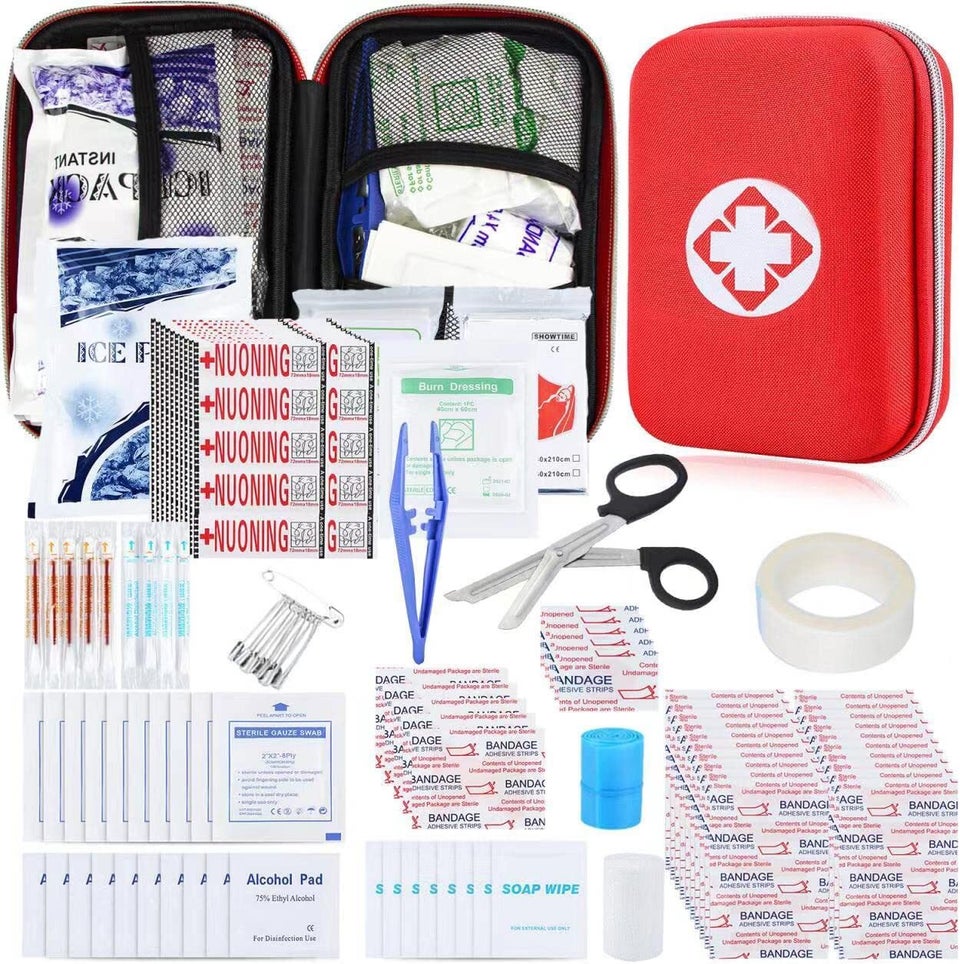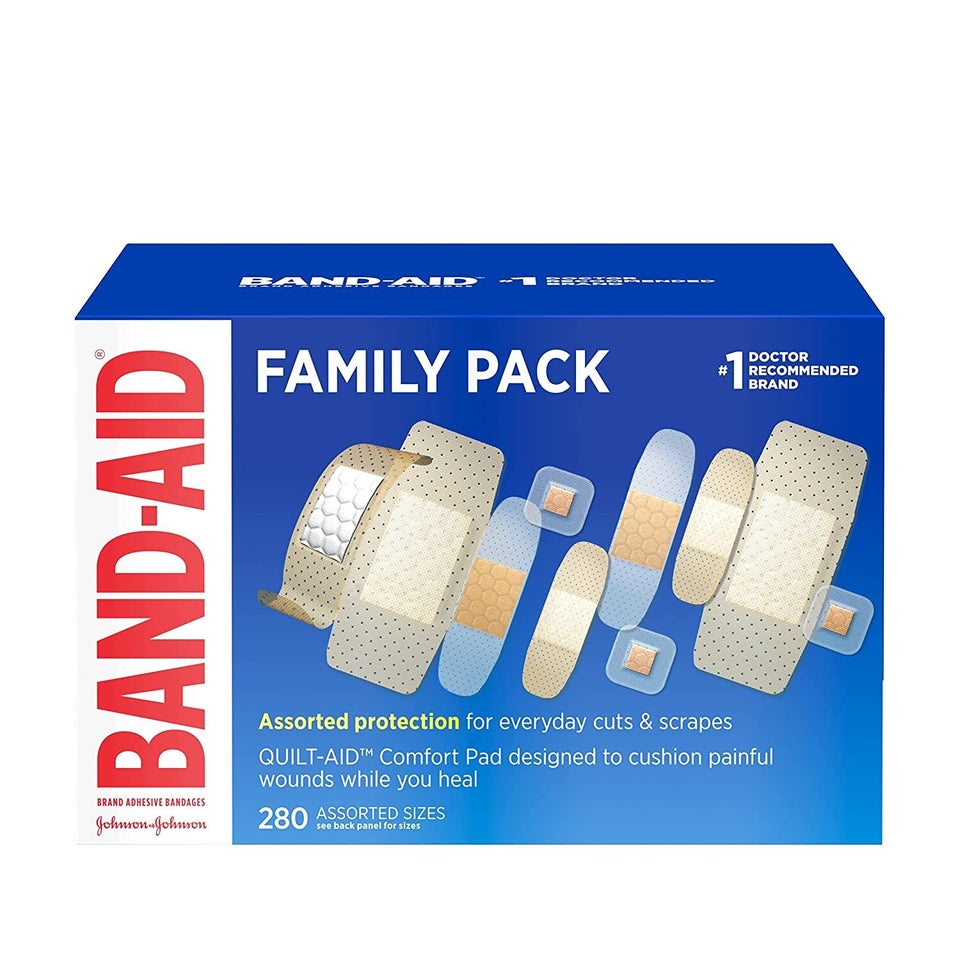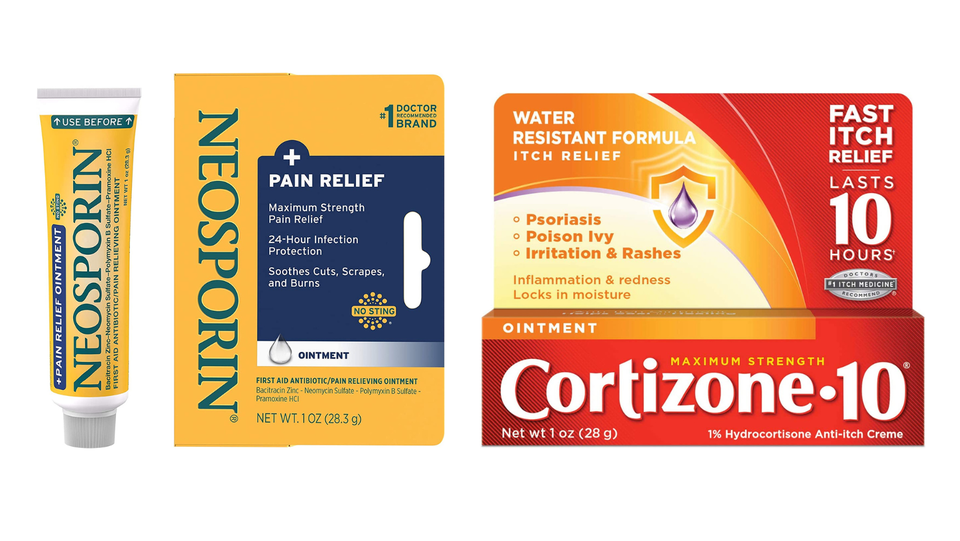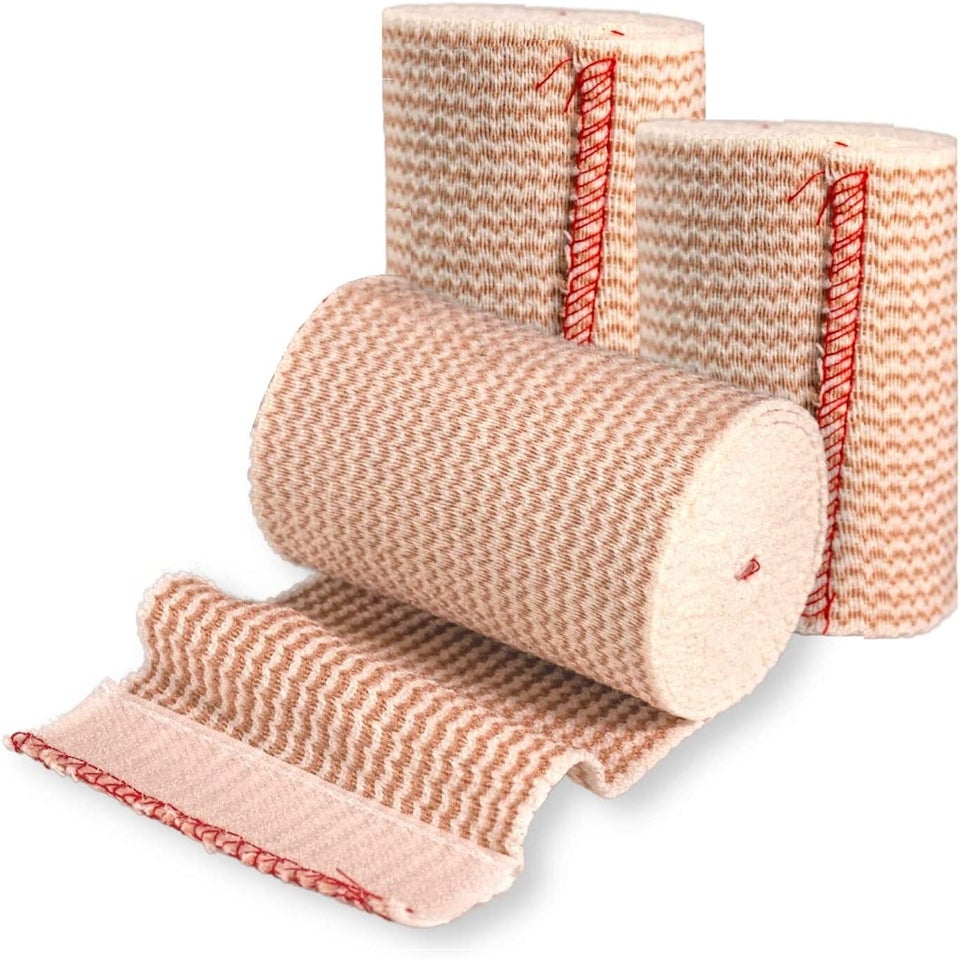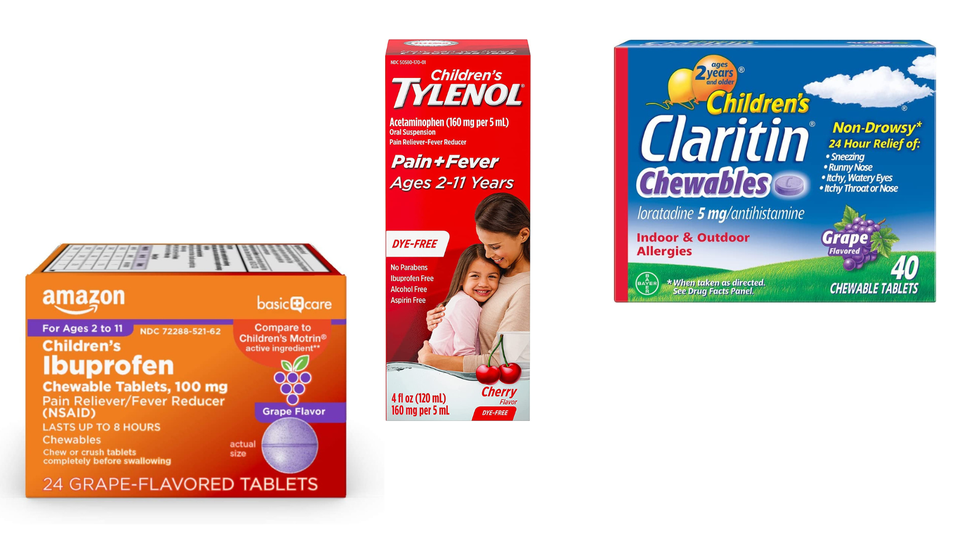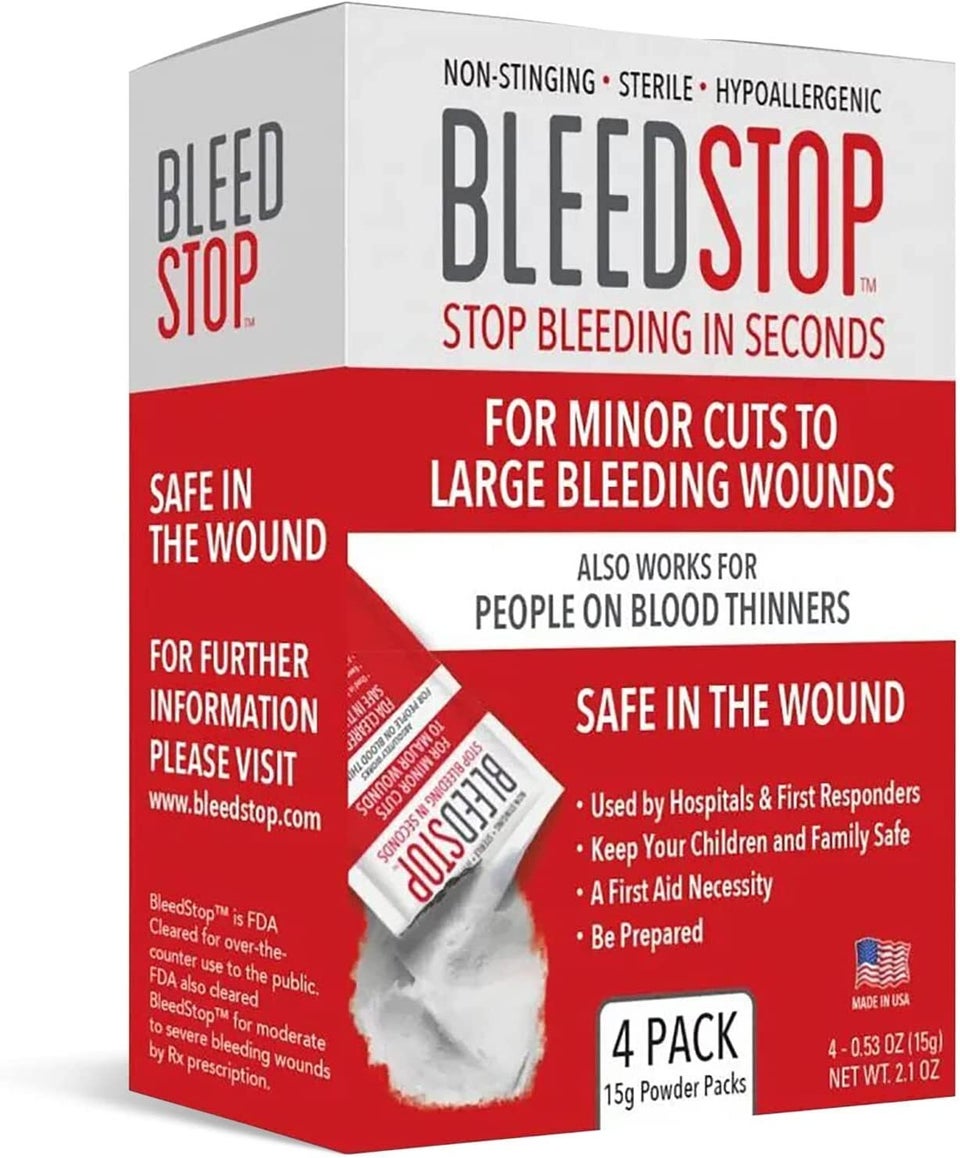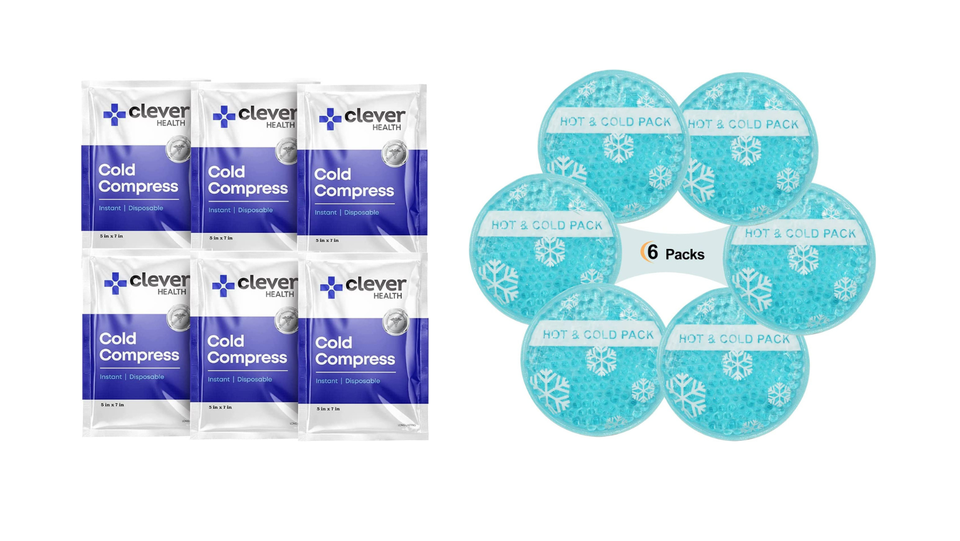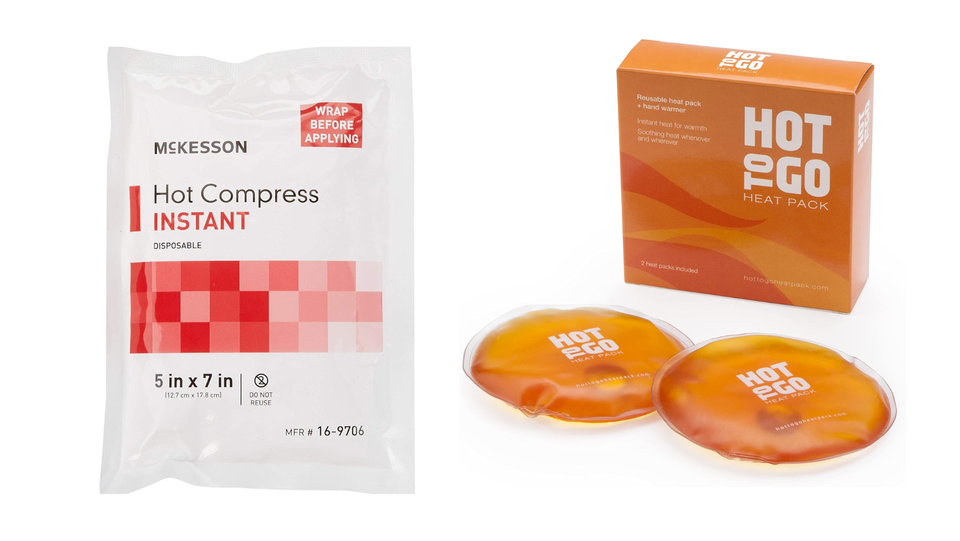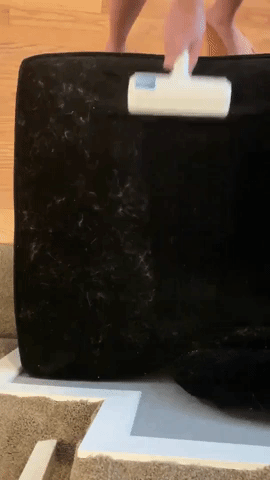
You don’t have to be a Type-A helicopter parent to worry about your little one’s safety in your home. This is particularly true if your child is prone to bumps, bruises, cuts and other kinds of accidents. If you have a rambunctious kiddo or just want to be prepared for general bodily boo-boos, you’re likely wondering what to keep in your personal first aid kit.
According to Dr. Yami Cazorla-Lancaster, a board-certified pediatrician and author of “A Parent’s Guide to Intuitive Eating,” the first step to responding to an accident is to try to stay as calm as you can and assess the situation.
“Know the difference between an urgent situation and an emergency,” Cazorla-Lancaster told HuffPost. “An emergency involves loss of consciousness or altered consciousness, difficulty breathing, obvious fracture (such as an open fracture or a visible deformity of a limb), profuse blood loss or continued bleeding you can’t stop.”
While any kid in pain deserves immediate attention and care, things like a broken fingernail slammed in a door or a gnarly bruise from tripping likely don’t require calling 911. When a little one falls or bumps into something sharp, Dr. Cazorla-Lancaster recommends trying to calm yourself and the kid, then checking their breathing and consciousness.
“Make sure they are breathing without difficulty, assess [their] level of consciousness, then do a head-to-toe check to assess injuries,” Cazorla-Lancaster said. “Apply firm pressure to any area that is bleeding. If needed, call 911 or go to the ER. If it is not an emergency, call the doctor if needed to assess if they need to be seen.”
Cazorla-Lancaster does recommend keeping your pediatrician’s number handy (and any after-hours numbers they may have), along with contact information for poison control.
To help your family stay happy and healthy, Cazorla-Lancaster and registered nurse Stephanie Klipp offered suggestions for stocking your child’s emergency first aid kits.
HuffPost may receive a share from purchases made via links on this page. Every item is independently selected by the HuffPost Shopping team. Prices and availability are subject to change. The experts we consulted for this story do not necessarily endorse the products ahead unless otherwise noted.
While you could spend a ton of time and money gathering all those materials, we love this compact kit that contains everything that Klipp recommended and boasts a 4.6 rating on Amazon.
We love this 280-piece family pack containing a variety of bandages in different shapes and materials. Keep some in your wallet or bag, in the car and anywhere else to have ready in case your little one gets a boo-boo.
